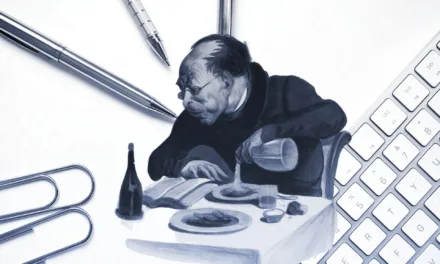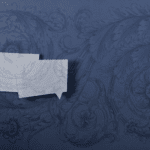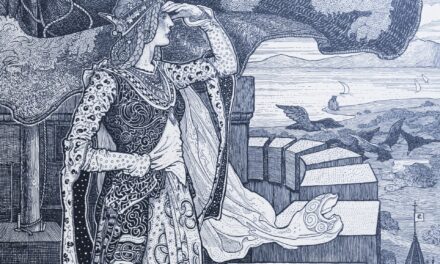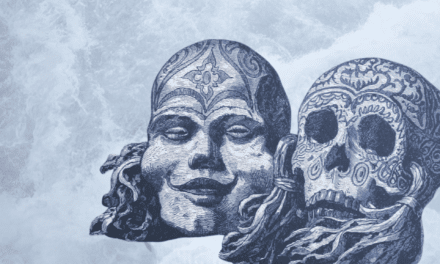
Genre Talk: Exploring the World of Historical Fiction
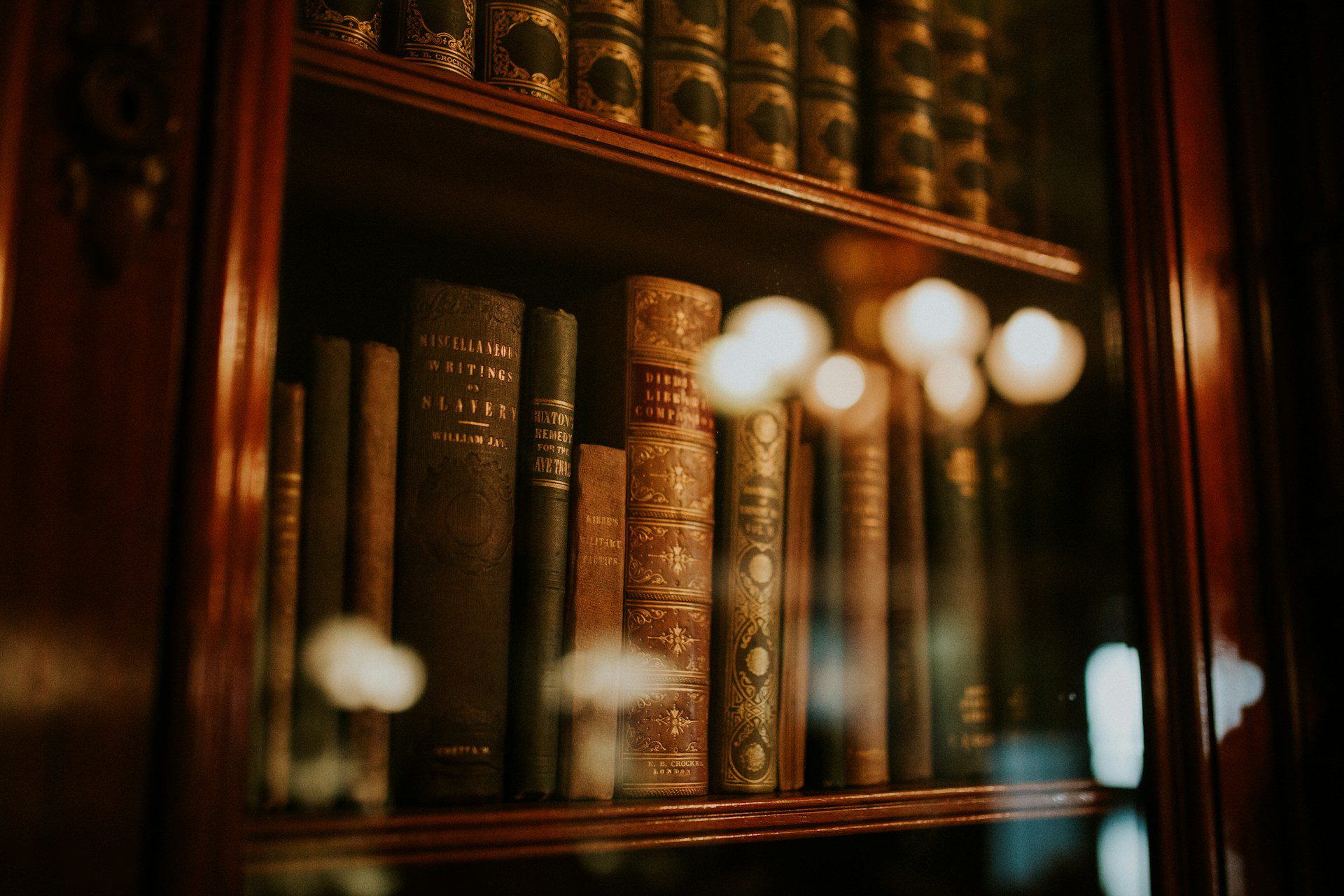
Historical fiction combines elements of history with imaginative storytelling. It transports readers to different eras, from ancient civilisations to more modern history, bringing the past to life in vivid detail. Through well-researched settings, authentic characters, and engaging plots, historical fiction offers a unique perspective on the human experience across time.
What is historical fiction?
Historical fiction is a genre of literature that combines elements of history with fictional storytelling. It transports readers to a specific time period, often featuring real historical events, figures, or settings as a backdrop for the narrative. While the characters and plot may be fictional, historical fiction aims to provide an authentic and immersive experience that captures the essence of the chosen era.
Authors of historical fiction often conduct extensive research to ensure accuracy in their portrayal of the time period, including details about social norms, cultural practices, political events, key figures, and technological advancements. However, they may also take creative liberties to fill in gaps or write entirely fictional storylines that complement the historical context. This blend of fact and fiction allows readers to gain insights into the past while being entertained by something that sits outside of reality.
What are the key characteristics of historical fiction?
At the heart of every historical fiction novel lies a set of key characteristics that define the genre. These elements work together to create an immersive and authentic reading experience, transporting readers to a specific time and place.
- Setting: Historical fiction is set in a specific time period in the past, often focusing on a particular location, event, or person. The setting plays a crucial role in shaping the characters, plot, and themes of the story.
- Historical accuracy: Authors of historical fiction strive to maintain historical accuracy in their works as much as possible. They conduct extensive research to ensure that the details of the time period, like clothing, customs, social norms, key figures, and political events, are portrayed as accurately as possible.
- Fictional elements: While historical fiction is grounded in historical facts, it also incorporates fictional elements. The characters and their personal stories are often created by the author, allowing for creative freedom within the historical framework. Even if the characters are real historical figures, there is a great deal of editorialisation that goes into fictionalising their lives.
- Strong character development: Historical fiction often explores the lives and experiences of individuals living in a particular time period. The characters’ thoughts, emotions, and struggles are shaped by the historical context, providing readers with a deeper understanding of the era.
- Universal themes: Historical fiction often addresses universal themes that resonate with readers across time. These themes may include love, loss, identity, power, and social change, among others. Representing these themes in the past shows how they are still relevant to readers today and helps humanise the characters and historical figures.

Historical fiction tropes and themes
Historical fiction often explores recurring tropes and themes that resonate with readers across different eras. These elements not only provide a framework for compelling storytelling but also offer insights into the human experience and the universal challenges we face.
- War and conflict: Many historical fiction novels are set during times of war or significant conflicts, such as World War II, the American Civil War, or the French Revolution. These settings provide a backdrop for exploring themes of courage, sacrifice, and the human cost of war.
- Dual timelines: Some historical fiction novels employ dual timelines, where the story alternates between the past and the present. This structure allows writers to explore the connections between different eras and how the past influences the present. The dual timeline trope often involves a contemporary character uncovering a mystery or secret from the past, leading to a parallel narrative that gradually reveals the truth and ties the two timelines together, creating a satisfying and cohesive story.
- Romance: Historical romance is a popular subgenre of historical fiction. These stories often feature a central love story set against the backdrop of a specific historical period, exploring the challenges and societal constraints faced by the characters.
- Political intrigue: Historical fiction often delves into the political machinations and power struggles of a particular era. These stories may feature real historical figures or fictional characters navigating the complex political landscape of their time.
- Social and cultural change: Historical fiction can explore the impact of social and cultural changes on individuals and society as a whole. This may include themes such as the fight for civil rights, women’s suffrage, colonialism, or revolution.
- Coming of age: Some historical fiction novels focus on the coming-of-age experiences of characters living in a specific time period. These stories often explore the challenges and opportunities faced by young people as they navigate the expectations and norms of their society.
- Protagonists ahead of their time: Many historical fiction novels feature protagonists who hold beliefs or exhibit behaviours that are considered progressive or unconventional for their time. These characters often challenge societal norms and expectations, pushing boundaries and advocating for change. By showcasing protagonists who are ahead of their time, authors can explore the impact of individual actions on the course of history and create characters that modern readers can better relate to.
Types of historical fiction
Historical fiction encompasses a wide subgenres, each with its own unique focus and storytelling approach. Some of the most popular types of historical fiction include:
- Historical romance: These novels focus on a central love story set against a historical backdrop, often exploring the challenges and societal constraints faced by the characters as they navigate their feelings for one another.
- Historical mystery: This subgenre combines elements of historical fiction with the intrigue and suspense of a mystery novel. The protagonist, often an amateur sleuth or detective, must unravel a crime or puzzle set in a specific historical era, using their knowledge of the time period and their investigative skills to solve the case.
- Historical thriller: These fast-paced novels combine historical settings with elements of suspense, danger, and intrigue. The protagonists often find themselves caught up in high-stakes situations, like political conspiracies, espionage, or life-threatening events, all while navigating the complexities of their historical context.
- Historical fantasy: This subgenre blends historical settings with fantastical elements, such as magic, mythical creatures, or alternate histories. These novels often reimagine historical events or figures through a lens of fantasy, creating unique and imaginative stories that challenge our understanding of the past.
- Biographical historical fiction: These novels focus on the life of a real historical figure, blending factual information with fictional elements to create a compelling narrative. Authors may take creative liberties to fill in gaps in the historical record or to explore the inner lives of their subjects
- LGBTQ and diverse history: This subgenre focuses on the experiences and contributions of LGBTQ individuals and other marginalized groups throughout history. By exploring the lives of these often-overlooked figures, authors can shed light on the diversity of human experience and challenge traditional narratives of the past. These novels may also explore themes of identity, prejudice, and the fight for equality, providing a more inclusive and nuanced understanding of history and its impact on the present.
- Gothic horror: Gothic historical fiction combines elements of horror and suspense with historical settings, often featuring dark and atmospheric tales set in the past. These novels may include supernatural elements, such as ghosts or curses, and explore themes of mystery, madness, and the macabre. The protagonists often find themselves in eerie, isolated settings, such as ancient castles or haunted mansions, as they unravel the secrets of the past and confront the horrors that lurk within.
- Historical adventure: These action-packed novels follow protagonists on thrilling journeys through historical settings, often featuring daring escapes, treasure hunts, and battles against adversaries. The characters may be explorers, soldiers, or everyday people caught up in extraordinary circumstances, as they navigate the challenges and dangers of their time.
- Children’s historical fiction: These novels introduce young readers to historical events, figures, and settings through age-appropriate storytelling. These books often explore themes of friendship, bravery, and personal growth, helping young readers develop empathy and understanding for people from different times and cultures.

How to write historical fiction
Writing historical fiction requires a passion for history, a commitment to research, and the ability to craft compelling stories that blend fact and fiction. It’s a genre that lets you bring the past to life through vivid characters and immersive storytelling.
Choose a time period that fits your theme
The historical era and location you choose for your setting must align with the story you want to tell. Make sure you know the theme and core message of your book in advance — like the power of love, the destructive nature of war, or social change — and choose a time period that provides the perfect backdrop for this in a way you want to represent it.
Research thoroughly
Immerse yourself in the chosen time period through extensive research. Read historical accounts, biographies, and primary sources to gain a deep understanding of the era’s social, cultural, and political aspects. Pay attention to details like fashion, technology, language, and customs to create an authentic and immersive setting. As you research, take detailed notes and organise your findings to easily reference them while writing. But remember that, while historical accuracy is important, you also have the creative freedom to fill in gaps and imagine the lives of your characters.
Develop your characters, both real and fictional
Create well-rounded characters that embody the values, beliefs, and struggles of the time period. Consider how their personal experiences and motivations are shaped by the historical context. If you’re incorporating real historical figures, ensure their portrayal is accurate and respectful, and make sure to give them as much depth as you do your fictional ones — you might just have to do a bit more research than you do for the others. Fictional characters should feel authentic to the era, with believable goals and challenges. Be sure to consider how historical events and societal norms impact their choices and relationships.
Blend fact and fiction
While maintaining historical accuracy, allow yourself creative freedom to develop fictional elements that enhance the story. Find a balance between adhering to historical facts and crafting an engaging narrative. Use historical events as a backdrop for your characters’ journeys, weaving their personal struggles and triumphs into the larger tapestry of the era. Consider how their actions and decisions might impact or be influenced by the historical events unfolding around them.
Address universal themes
Explore themes that resonate with readers across time, such as love, loss, courage, and the human experience. These themes help readers connect with the characters and their struggles, despite the historical distance. By addressing universal themes, you create a bridge between the past and the present, allowing readers to find relevance and meaning in the historical narrative.
Recommended historical fiction books
Note: All purchase links in this post are affiliate links through BookShop.org, and Novlr may earn a small commission – every purchase supports independent bookstores.

